Vindonissa Legionary Trail
About Museum Aargau
Hauptmenü

The depots and archives now contain hundreds of thousands of items and archaeological information that sheds light on the world of the Romans in Vindonissa. Some of this treasure trove is now on show at the Vindonissa Museum in Brugg. In Windisch it is possible to view the structural remains dating back to the time of the legionary camp in the form of stations along the Legionary Trail.
The terrain in Windisch and Brugg continues to yield spectacular archaeological discoveries to this day. The most recent examples are the site of the eastern camp gate discovered by archaeologists of the canton of Aargau in 2014 and the previously unknown burial ground in Brugg-Remigersteig, which was unearthed in 2012. The burial ground at the foot of Bruggerberg was situated on the main road to Augusta Raurica. In addition to more than 140 graves, the excavations also brought to light an excellently preserved burial monument and the gravestone to go with it. The latter tells us that the grave belonged to Maxsimila from Bologna, who died at the age of 40, and her 10-year-old slave Heuprosinis.
Canton archaeologists are involved in a number of research projects relating to the Vindonissa excavation site. The Vindonissa Professorship for Roman Provincial Archaeology at the University of Basel Department of Classical Studies also makes an important contribution to research into the Roman site. A key focus here is collaboration with neighbouring scientific disciplines such as archaeobotany and archaeozoology.
For more information on current excavations in Vindonissa and elsewhere in Canton Argovia see Kantonsarchäologie Aargau (in German).